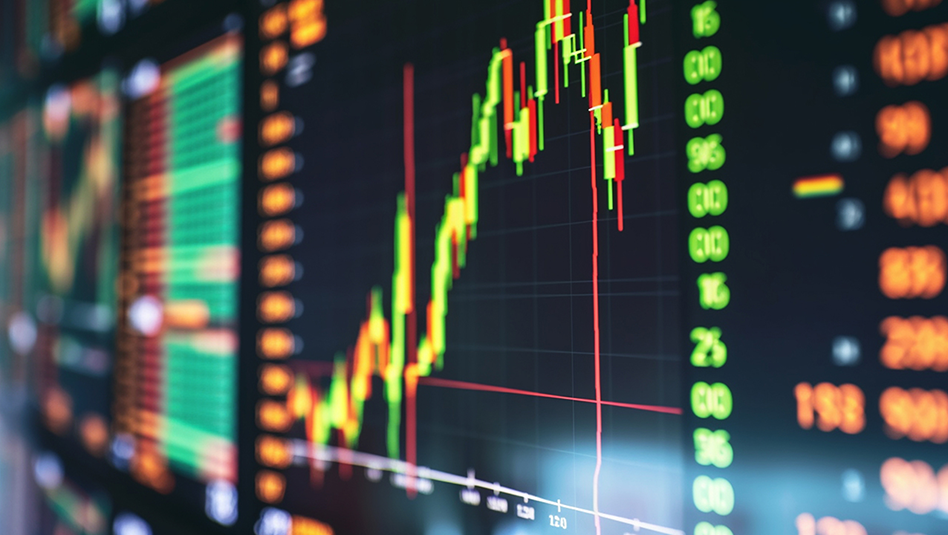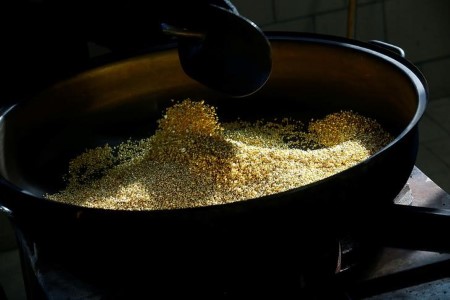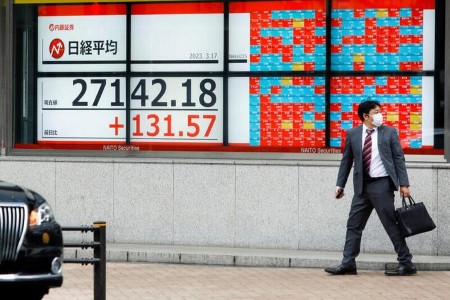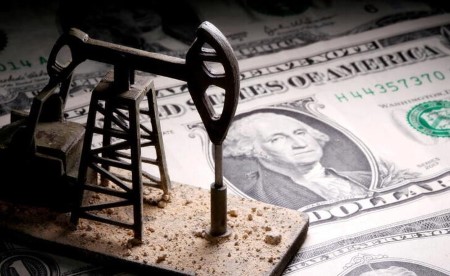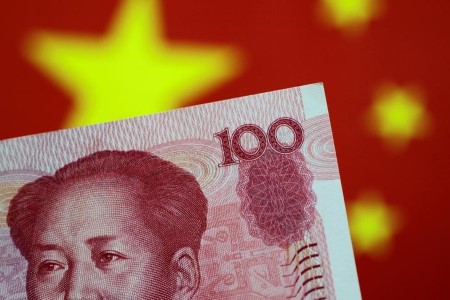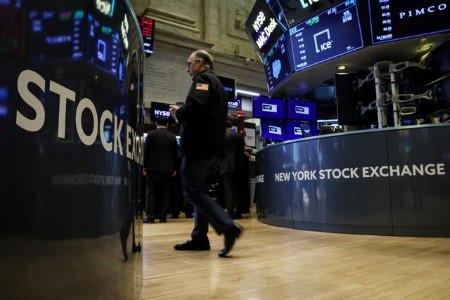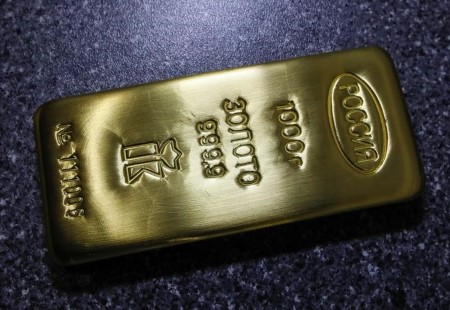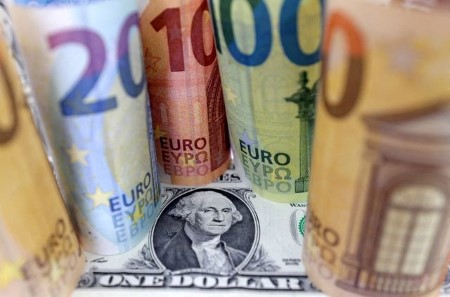March 17 (Reuters) – Gold prices surged more than 2% on Friday as a wave of banking crises shook global markets and put bullion on track for its biggest weekly rise in three years, while bets solidified for a less aggressive Federal Reserve in its fight against inflation.
Spot gold climbed 2.8% to USD 1,971.95 per ounce by 1:47 p.m. ET (1747 GMT), highest since April 2022. Bullion has added about 5.6% this week, the most since March 2020.
US gold futures gained 2.6% to settle at USD 1,973.50.
“Gold is surging on fears that more bad banking news could appear over the weekend and hopes that the Fed will pause its rate hikes next week,” said Tai Wong, an independent metals trader based in New York.
The collapse of Silicon Valley Bank in the US has highlighted banks’ vulnerabilities to sharply higher rates, while a rout in Credit Suisse CSGN.S shares has added to the market turmoil.
“Gold is likely to shine through the chaos as investors adopt a guarded stance,” said Lukman Otunuga, senior research analyst at FXTM.
The dollar and stock markets slid, making bullion a more attractive investment. While it is considered a hedge against economic uncertainties, gold’s opportunity cost rises when interest rates are increased.
The Fed will raise interest rates by 25 basis points on March 22 despite the recent banking sector turmoil, according to a majority of economists polled by Reuters.
Silver was set for the biggest weekly percentage rise among the four precious metals. It advanced 3.1% to USD 22.38 per ounce on Friday.
Platinum firmed 0.1% to USD 974.21, while palladium dropped 2% to USD 1,401.63.
“The sudden tightening in financial conditions won’t help palladium, whose usage is largely industrial though it is technically in the precious complex,” Wong said, adding that platinum “has just been a chronic underperformer and is struggling to shake its reputation”.
(Reporting by Bharat Govind Gautam and Seher Dareen in Bengaluru; Editing by Matthew Lewis and Shounak Dasgupta)







 DOWNLOAD
DOWNLOAD

